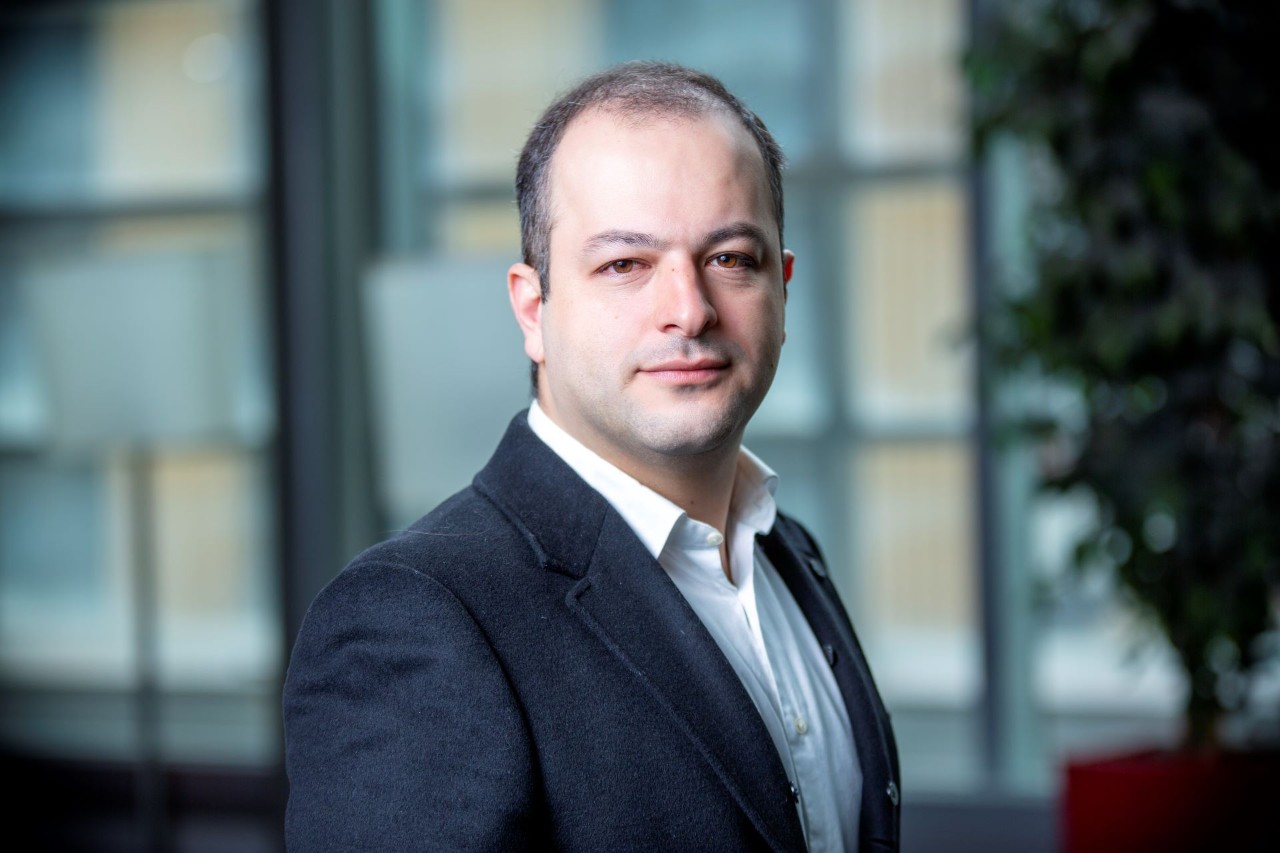Identifying fake news requires actively open-minded thinking, new Concordia research shows

The spread of fake news over social media networks is often described as a threat to democracy, one that has corroded our faith in our institutions and deepened divisions within societies. But why are so many people quick to believe it?
A new paper led by a Concordia researcher and published in the journal Information & Management provides insight into why people fail to identify fake news and offers a potential method to help them detect it.
The study’s authors are Mahdi Mirhoseini, an assistant professor in the Department of Supply Chain and Business Technology Management at the John Molson School of Business, and his co-authors Spencer Early, Nour El Shamy and Khaled Hassanein from McMaster University. They write that people who display what is known as actively open-minded thinking (AOT) — that is, actively seeking out information that may contradict one’s pre-existing beliefs — are more likely to correctly identify a fake headline. They also note that showing people that they are falling for fake news helps them avoid it in the future.
“We wanted to compare two sometimes competing theories that explain why people believe fake information,” Mirhoseini says. “The first is classical reasoning, which says that people who think critically will eventually arrive at the truth. The second is motivated reasoning, which says that people will remain agents of their ideology no matter how much cognitive effort they spend. They will justify the evidence based on a way that is consistent with their ideology.”
 Mahdi Mirhoseini: “We found that people who actually spent cognitive effort were likely to have a better performance independent of their political beliefs.”
Mahdi Mirhoseini: “We found that people who actually spent cognitive effort were likely to have a better performance independent of their political beliefs.”
Same results across the political spectrum
The researchers conducted two experiments.
The first compared the two frameworks to see if they could predict behaviour based on profile and brain activity when exposed to news headlines.
Thirty participants were shown 80 headlines in a style consistent with those seen on Facebook. Twenty were easily determined to be either true or false and another 20 pertained to current events or pop culture but were not politically divisive. The remaining 40 were politically polarizing, with 15 Liberal-consistent, 15 Conservative-consistent and 10 deemed general. Half the headlines were true; half were false across all categories. The headlines were all approximately eight words long, give or take two words.
Participants were asked questions to identify their political ideology and equipped with an EEG headset to measure brain activity in the prefrontal cortex. They were then asked to identify the headlines as true or false.
“We found that people who actually spent cognitive effort, measured by the EEG’s brain activity recording, were more likely to have a better performance independent of their political beliefs,” Mirhoseini says. “This suggests that classical reasoning is more powerful than motivated reasoning.”
The second study investigated whether people could be motivated to think critically and therefore improve their performance.
“We know from the literature and from our own studies that people are very overconfident about their ability to identify misinformation,” he notes. “If you ask them, they will say they are correct 90 per cent of the time. But in fact, it is closer to 50 per cent — basically random.”
The researchers believed that if the participants could measure their performance when identifying fake headlines, they would increase their cognitive effort to improve their performance.
Halfway through the headline test, the researchers displayed their performance score up to that point. Their actual score was often well below what was expected, triggering a reduction in confidence in their own ability to identify fake headlines.
“That triggered an increase in critical thinking, and we saw a 14 per cent increase in performance immediately following the intervention.”
Feedback the right way
Mirhoseini suggests that social media platforms like Facebook, Twitter and others could create automated interventions alerting users to the frequency with which they interact with fake news, but more studies are needed to find the most effective way of providing feedback.
“The context here is very important,” Mirhoseini adds. “People generally go onto social media to have fun. If we did the study in another context, the results may be different.”
Read the cited paper: “Actively open-minded thinking is key to combating fake news: A multimethod study"




